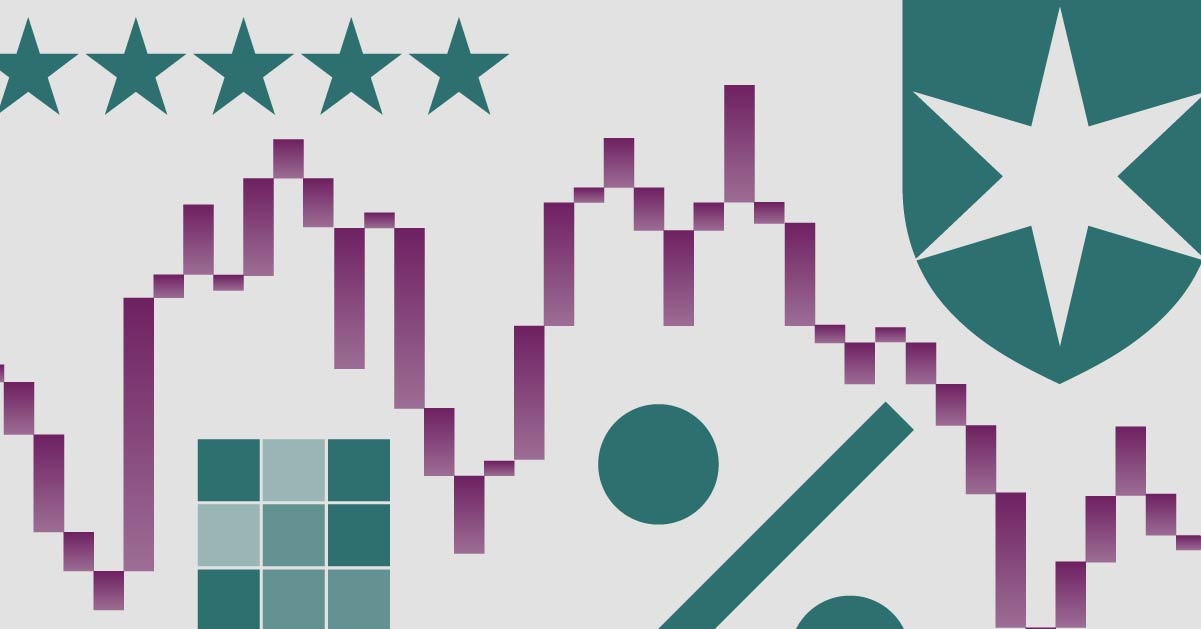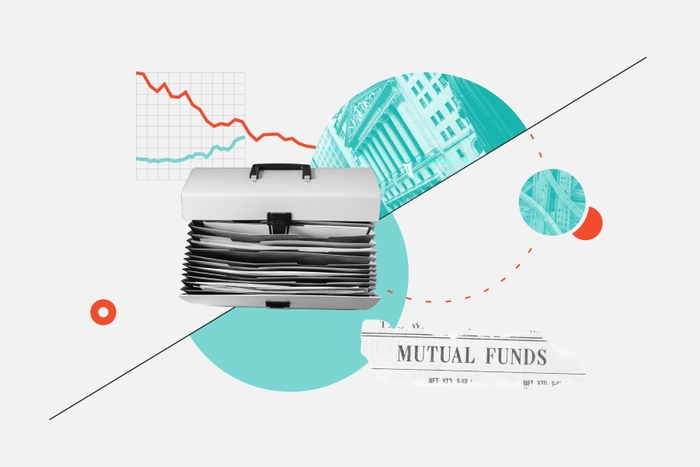
Like most Canadians, when the calendar flips to February two thoughts come to my mind: 1) “it’s still cold outside, I could really use a tropical getaway,” and “it’s RRSP season and I need to figure out where to put my contributions”. With so many options and things to consider, both can be daunting decisions to make. You could potentially pick the first thing you see – and that might not be the best choice for you.
Although I’m in no position to make international travel recommendations (I’m still deciding between Mexico and Costa Rica myself!), a recent Morningstar study on home bias presents an interesting case for taking a vacation from Canada in your investment portfolios. The study found that as of September 2023, a significant number of Canadian domiciled mutual funds hold a disproportionate amount in Canada when compared to global alternatives.
In some cases, this makes sense. For example, fixed income funds are more sensitive to interest rates and therefore more sensitive to currency fluctuations. This means that having larger Canadian allocations limit unnecessary risk and volatility brought on by foreign currency movements. But for equity funds, having an allocation to Canada can negatively impact returns. As of December 2023, the Morningstar Canada Index underperformed the Morningstar Global ex Canada Index by over two percentage points over the last 15 years.
How to Pick the Best Canadian Mutual Fund
Although past performance is not predictive of future performance, this historical trend coupled with market headlines around Canada’s continued battle with inflation, stubbornly high debt levels and productivity concerns may leave investors looking for investments a little outside of the Canadian market. For those investors, I used a screen to find equity funds that have stood our relative to their peers with very little exposure to Canada. The criteria I considered include:
Funds must also have earned either a Bronze, Silver or Gold Morningstar Medalist Rating. These ratings are assessments of a fund’s ability to outperform peers in the future and are based on analysis of the people managing the fund, the process that they use and the parent company distributing the fund.
Funds that received a 4 or 5-star Morningstar rating. Morningstar’s Star Ratings provide context on how a fund has performed in the past relative to its category peers, on a risk-adjusted basis, after fees. It is an insightful data point as our data has suggested that funds that have earned a 5-star rating will outperform funds that have earned a 1-star rating.
Finally, I’ve only selecting funds with close to market weight exposure to Canadian equities. Market weight was determined by using the Canadian percentage allocation in the Morningstar Global Markets Index as of January 31st, 2024, which was 2.9%.
Top Canadian Mutual Funds to Consider for Your RRSP
Here’s the list:
It is important to remember, though that decisions about how to allocate regionally in your investment portfolio is just one consideration. You should also consider your overall risk tolerance and time horizon.
Investors in different stages of their retirement planning should consider the equity allocations of their portfolios alongside their bond allocations. Those who are nearing retirement may require a more cautious allocation approach, whereas those earlier in their careers may be more willing to add risk to their portfolios. Overall portfolio diversification is an important objective at any stage.








:quality(80)/cloudfront-us-east-1.images.arcpublishing.com/morningstar/G3DCA6SF2FAR5PKHPEXOIB6CWQ.jpg)










